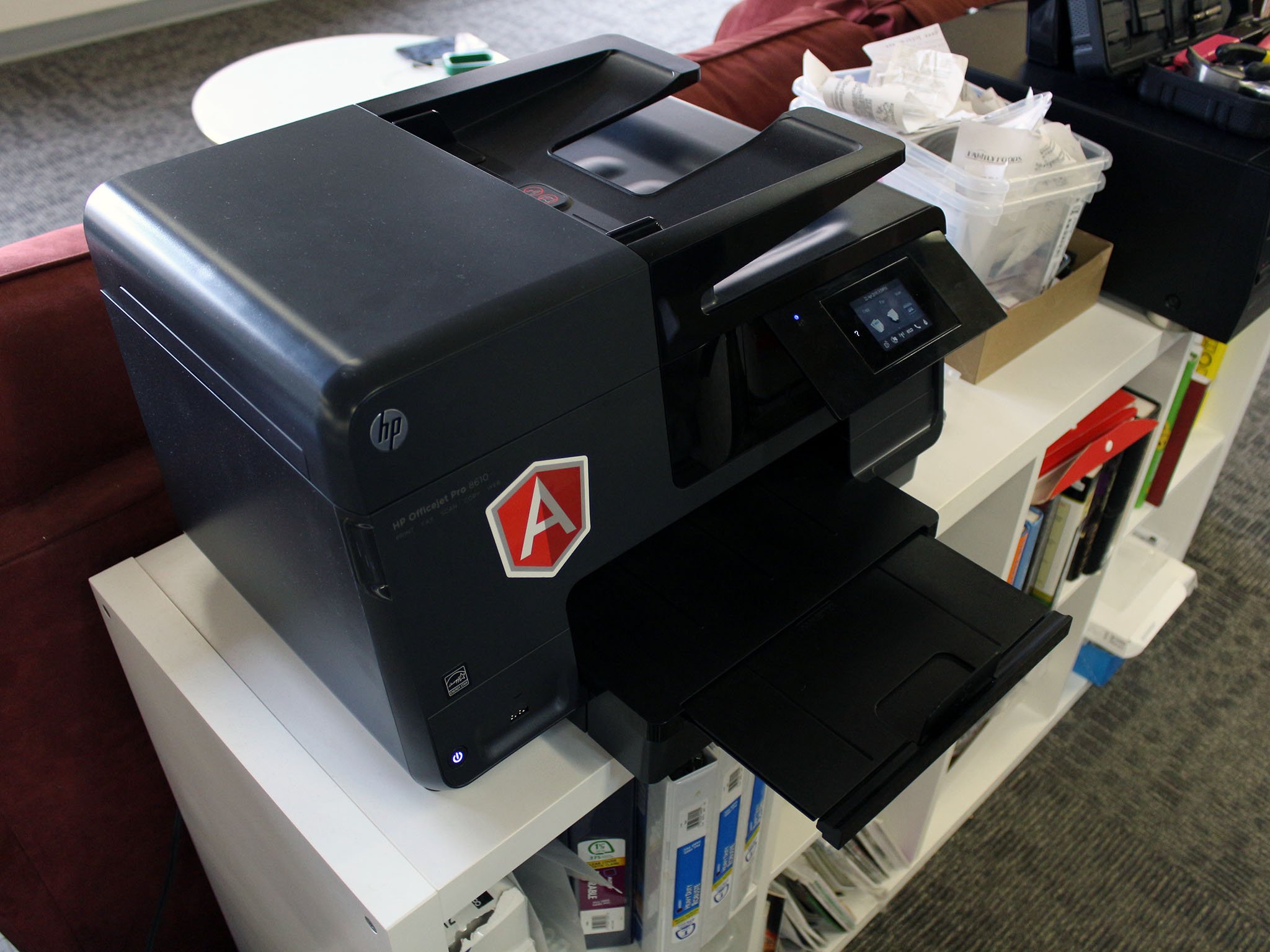Related Articles
What Is The Difference Between Mp And Xps Drivers

- 1 Troubleshoot the Microsoft XPS Document Printer in Windows 7
- 2 Can OpenOffice Read XPS?
- 3 Change an XPS File to a PDF File
- 4 Edit an XPS File
One problem that many professional photographers and graphic artists may face when producing printed works for their clients is the discrepancy between how an image looks on their computer and how it looks once printed. The XPS file format, a protected file type similar to Adobe's PDF format, can assist in producing high-quality prints when combined with Canon printers that can decode and print to the specifications of the XPS file. Files printed in the XPS format may have a greater color depth, producing richer and more accurate prints of your digital work.
The most difference between a XP and MP processor is that XP is only for single work and the MP processor is for DUAL working stations or server stations. As you can see on my details, I'm using a DUAL MP 1900+ for best performance on 3D environment works.
XPS File Format
It says you must install the MP driver before installing the XPS driver. I cannot find any definition of the various drivers or recommendations as which one to use when. I just now searched on Google and discovered that the XPS (XML Printer Specification [a definition at last!]) drivers utilize 16 bits per color vs. 8 bit for ordinary drivers. As a concept, XPS is similar to Adobe's PDF format. Many printers will be unable to use XPS files to print a document without the addition of an extra driver, a software tool that acts a bit like a translator between an operating system (such as Windows) and a hardware device.
The XPS file format was designed by Microsoft as a replacement for the 32-bit Enhanced Metafile (EMF) picture format due to inconsistencies between different types of EMF formats. The XPS format may be viewed and opened with Microsoft's XPS viewer and selected programs on the Mac and Linux platforms. Like Adobe's PDF, the XPS format enables documents and photos to be distributed via the Internet without the risk of alteration or manipulation.
Color Depth
Maintaining color depth is the primary advantage to printing from the XPS file format. Graphical editors such as Adobe Photoshop and Adobe After Effects alter images by manipulating bits of information in a pixel, known as bits per channel (BPC). While many graphical editors enable you to edit in 8 BPC, 16 BPC or 32 BPC, printing from a standard file may only yield an 8-BPC image. The XPS printer driver, when used in conjunction with printers such as those in Canon's line of PIXMA printers, can create 16-BPC prints, resulting in a more accurate print of your digital file.
Creating XPS Files
The XPS file format acts as a virtual printer for programs such as Microsoft Word, Adobe Photoshop and Adobe After Effects. Instead of printing a physical copy of your work, the XPS writer creates a finished digital copy that can be distributed or printed at a later date. You can create an XPS file by selecting the XPS writer from the 'Print' menu of your editing program.
Installing the Canon XPS Printer Driver
Canon's photo printers are designed to work in conjunction with Canon DSLR and digital point-and-shoot cameras, but may not be packaged with the XPS printer driver. You can locate updates to your printer's software, including XPS printer drivers if available, on Canon's product support website. Check the product support website periodically for updates or patches to the XPS printer driver and other printer software.
References (5)
About the Author
Anthony Oster is a licensed professional counselor who earned his Master of Science in counseling psychology at the University of Southern Mississippi. He has served as a writer and lead video editor for a small, South Louisiana-based video production company since 2007. Oster is the co-owner of a professional photography business and advises the owner on hardware and software acquisitions for the company.
Cite this Article